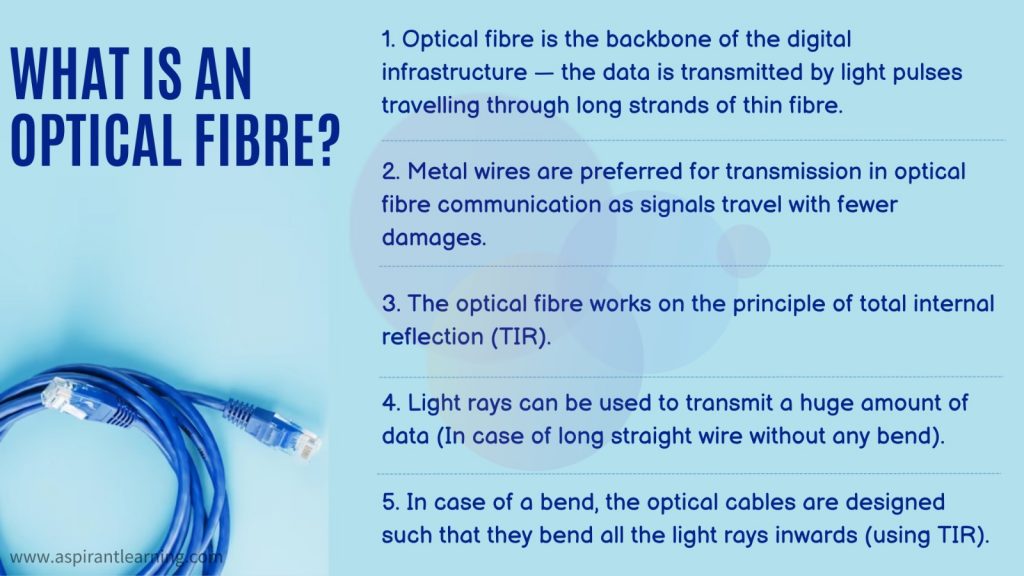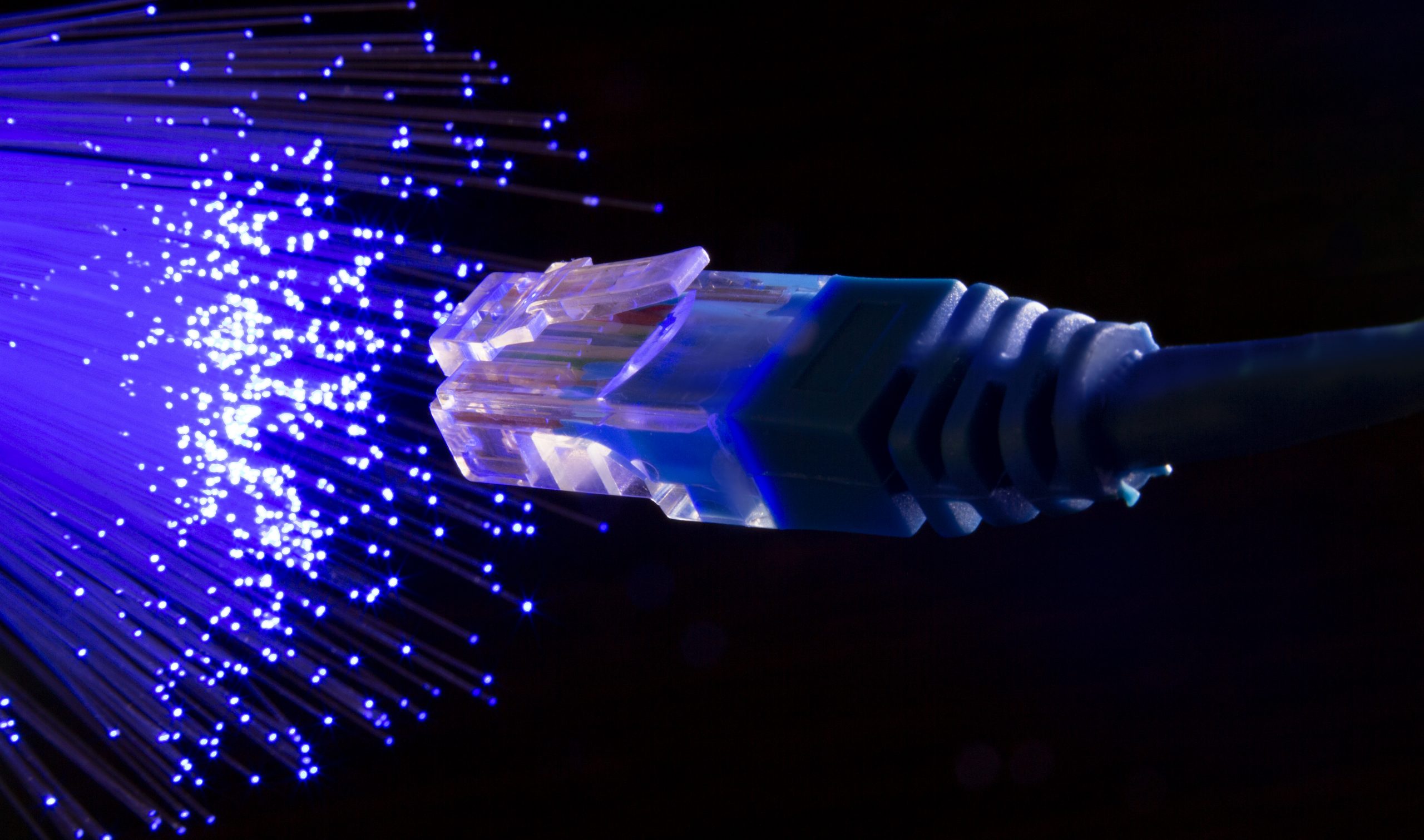News Highlights:
- Three years after the launch of the undersea Internet Cable, Andaman & Nicobar Islands struggled with choppy connectivity.
- Official data shows only two telcos have bought a small amount of bandwidth between Port Blair and other islands, reflecting the inequality of coverage away from the archipelago’s capital city.
Key Takeaway:
- About 2,300 km of submarine optical fibre cable (OFC) has been laid at about Rs 1,224 crore to provide better connectivity in the UT.
- The project made better connectivity from Chennai to Port Blair and seven other Islands — Swaraj Deep (Havelock), Long Island, Rangat, Hutbay (Little Andaman), Kamorta, Car Nicobar and Campbell Bay (Great Nicobar).
- The government funds the project through the Universal Service Obligation Fund under the Ministry of Communications.
Submarine Communications cable
- About
- It is a cable laid on the seabed between land-based stations to transmit telecommunication signals across stretches of ocean and sea.
- Modern submarine cables use fibre-optic technology.
- The optical fibre elements are typically coated with plastic layers and contained in a protective tube suitable for the environment where the cable will be deployed.
- Compared to satellites, using an internet connection through submarine cables is more reliable, cost-efficient and of larger capacity.
- Importance of submarine cables:
- Currently, 99 per cent of the data traffic that crosses oceans is carried by undersea cables.
- The reliability of submarine cables is high, especially when multiple paths are available in the event of a cable break.
- The total carrying capacity of submarine cables is in the terabits per second, while satellites typically offer only 1,000 megabits per second and display higher latency.
- Submarine cables are important to the modern military as well as private enterprises.
- Issues related to submarine cables:
- Cables can be broken by fishing trawlers, anchors, earthquakes, turbidity currents, and even shark bites.
- Underwater cables, which cannot be kept under constant surveillance, have tempted intelligence-gathering organisations. In modern times, the widespread use of end-to-end encryption minimises the threat of wiretapping.
- The main point of interaction of cables with marine life is in the benthic zone of the oceans, where the majority of cable lies. Studies in 2003 and 2006 indicated that cables pose minimal impacts on life in these environments.
- Submarine cables are problematic from a security perspective because maps of submarine cables are widely available.
- Publicly available maps are necessary so that shipping can avoid damaging vulnerable cables by accident. However, the availability of the locations of easily damaged cables means the information is also easily accessible to criminal agents.
- Submarine cables suffer from inherent issues. Since cables are constructed and installed by private consortia, there is a problem with responsibility from the outset.

Benefits of the project:
- Better connectivity:
- Better connectivity in the region will facilitate delivering e-governance services such as telemedicine and tele-education.
- E-commerce:
- Small enterprises will benefit from opportunities in e-commerce, while educational institutions will utilise the enhanced bandwidth availability for e-learning and knowledge sharing.
- Business Process Outsourcing services:
- Business Process Outsourcing services and other medium and large enterprises too also benefit from better connectivity.
- Low-cost internet:
- The internet bills in Andaman and Nicobar will also come down substantially.
Pic Courtesy: Freepik
Content Source: The Hindu



